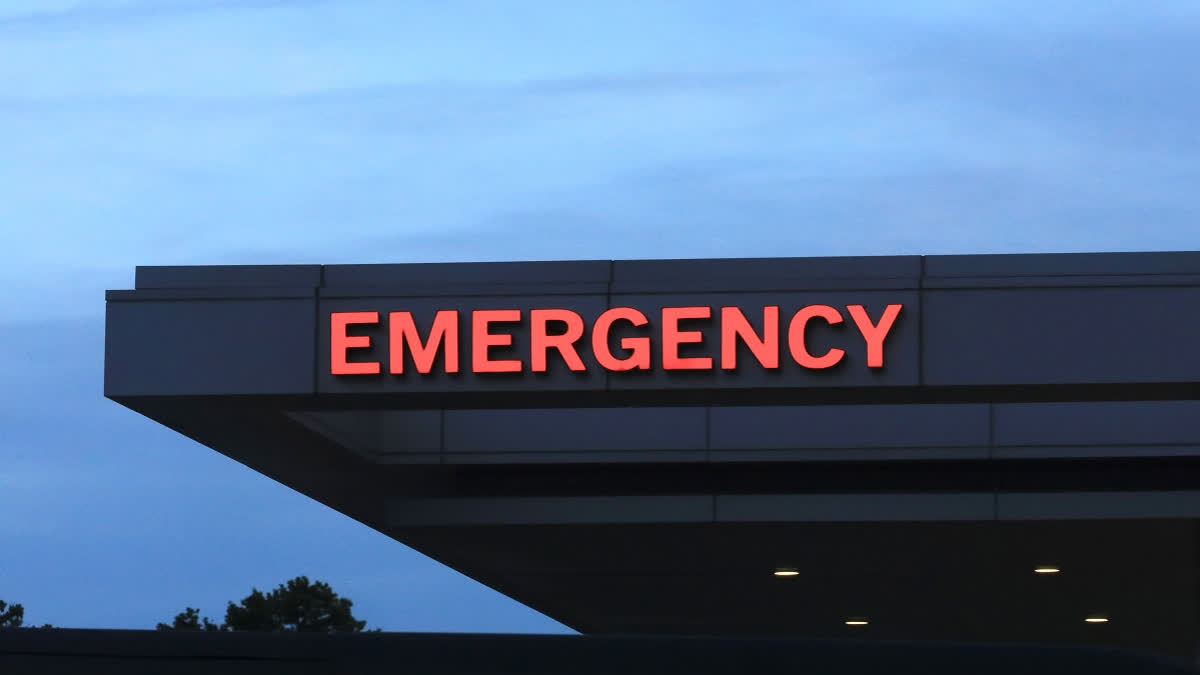New Delhi: Underscoring the vital contributions of emergency medical professionals and the essential services they render and seeking to raise awareness among the public and government about the challenges they face and their critical impact on patient outcomes, Emergency Medicine Day is observed on May 27.
Emergency Medicine Day was initiated by the European Society for Emergency Medicine (EUSEM) and was first observed on May 27, 2019. The goal of establishing this day was to raise awareness about the crucial role of emergency medicine and to advocate for better support, resources, and training for emergency medical professionals.
Significance:
Emergency Medicine Day advocates for high standards, continuous training, and improved resources for emergency medical services, ensuring accessibility for everyone. Furthermore, it encourages public engagement in emergency preparedness and fosters collaboration among healthcare stakeholders to enhance coordinated responses to emergencies and disasters.
India's perspective:
In 2021, NITI Aayog published two comprehensive reports titled 'Reports on Current Status on Country Level - Secondary and Tertiary Level' and 'District Level Emergency and Injury Care in India.' These reports highlight the spectrum and volume of emergency cases across the country, revealing significant gaps in ambulance services, healthcare infrastructure, human resources, and equipment necessary for providing optimal care.
Dr Tamorish Kole, past president of the Asian Society for Emergency Medicine said in India, the ability of hospitals to handle all forms of emergencies varies significantly.
"Government initiatives, such as the establishment of trauma centres, the National Health Mission, and telemedicine services, aim to enhance emergency care but require more robust implementation and scaling," he said. In March this year, the Centre also launched a pilot program in Chandigarh city, providing cashless treatment for victims of motor vehicle-related road accidents. Led by the Ministry of Road Transport and Highways and overseen by the National Health Authority; the initiative aims to ensure timely emergency care during the critical "golden hour", and reimbursing hospitals via the Motor Vehicle Accident Fund.
"Overall, while some hospitals in India are well-equipped for emergencies, there are significant disparities in emergency care capabilities. This necessitates ongoing investment in emergency departments, training, and systemic improvements to ensure equitable access to effective emergency medical care for all citizens," said Dr Kole.
Death due to lack of emergency medical care:
Delegates at the 72nd World Health Assembly adopted a resolution on emergency and trauma care on May 30, 2019, aiming to ensure timely treatment for the acutely ill and injured. The resolution addresses the significant number of deaths in low-and middle-income countries that could be prevented with proper prehospital and emergency care, covering various conditions from injuries to complications of pregnancy.
"Access to prompt emergency medical care for accident victims is vital in reducing the approximately 1.35 million lives lost annually due to road traffic injuries, as reported by the WHO, and in mitigating long-term disabilities associated with such incidents," said Dr Kole.
Climate change and health emergencies
Climate change presents formidable threats to public health, amplifying health crises through extreme weather occurrences, shifted disease dynamics, and ecological deterioration. According to the World Health Organization (WHO), projections estimate an additional 250,000 deaths annually between 2030 and 2050 due to climate-related factors, notably heat stress, malnutrition, and infectious ailments.
"Escalating temperatures heighten the frequency and severity of heatwaves, elevating risks of heat-related illnesses and fatalities, while extreme climatic events such as cyclones and floods precipitate injuries, displacements, and epidemics of waterborne and vector-borne diseases. Moreover, climate fluctuations disrupt ecosystems and escalate challenges regarding food and water security, culminating in malnutrition, dehydration, and diseases transmitted through contaminated water sources, particularly impacting marginalised communities," said Dr Kole.
He said that since March 1 this year, India has reported over 16,000 cases of heatstroke and 60 deaths, signalling a concerning rise in heat-related illnesses. "With soaring temperatures across the country, particularly affecting vulnerable populations, proactive measures such as public health advisories and cooling shelters are crucial to mitigate the impact of heat waves," said Dr Kole.
A study published in the Journal of the American Heart Association found that exposure to wildfire smoke in California between 2015 and 2017 was associated with a 6 per cent increase in out-of-hospital cardiac arrests.



